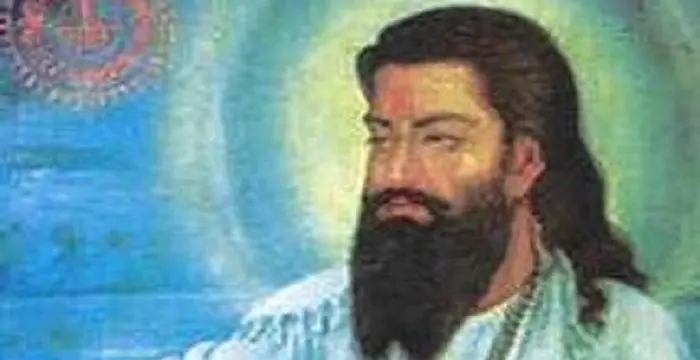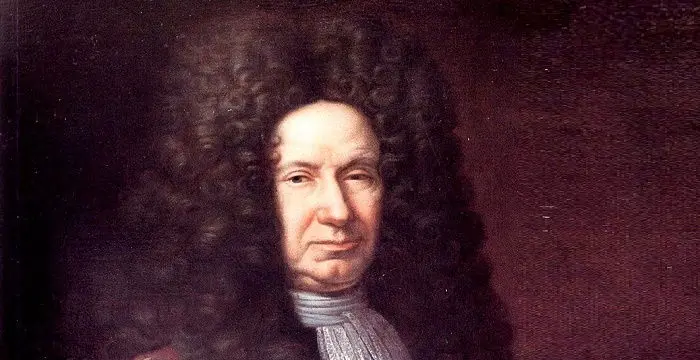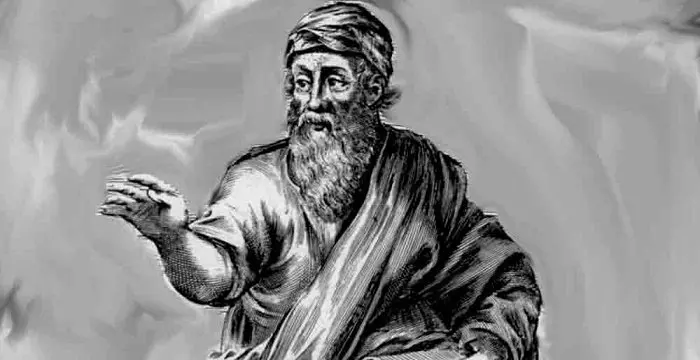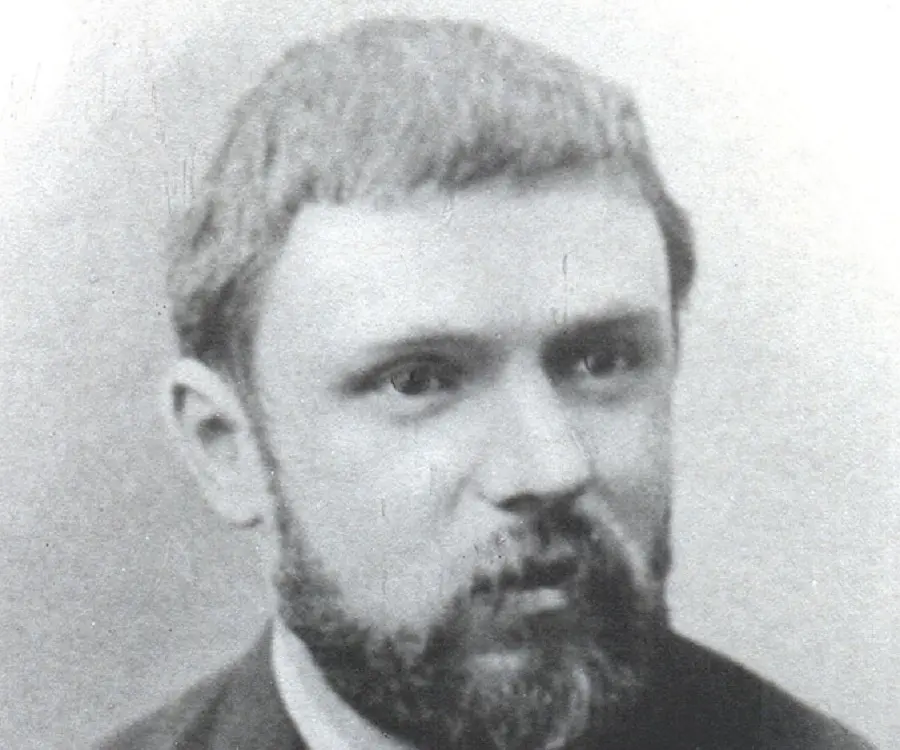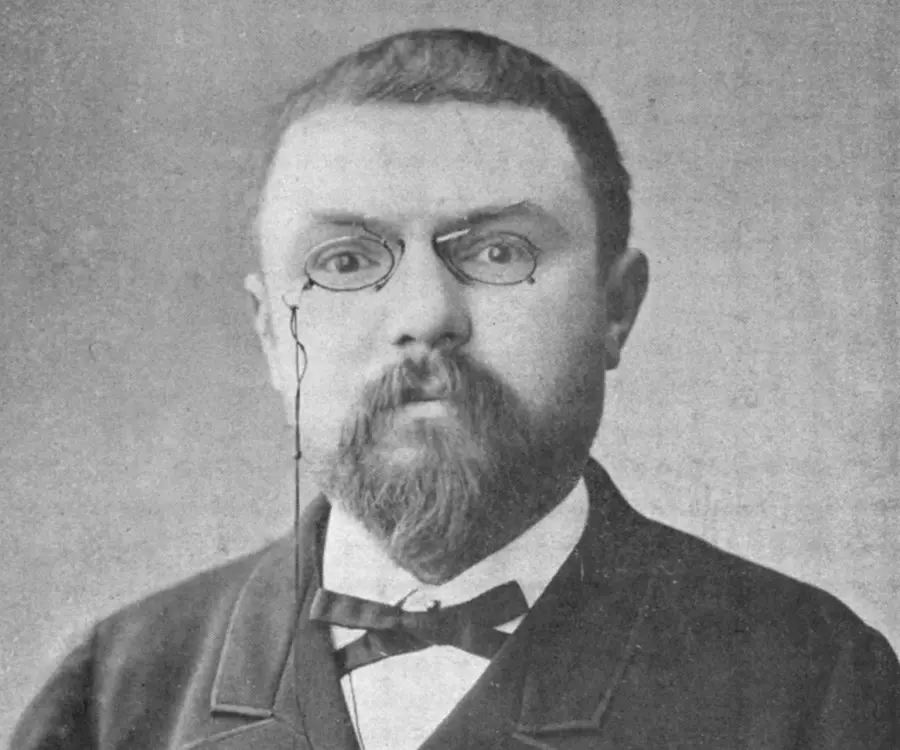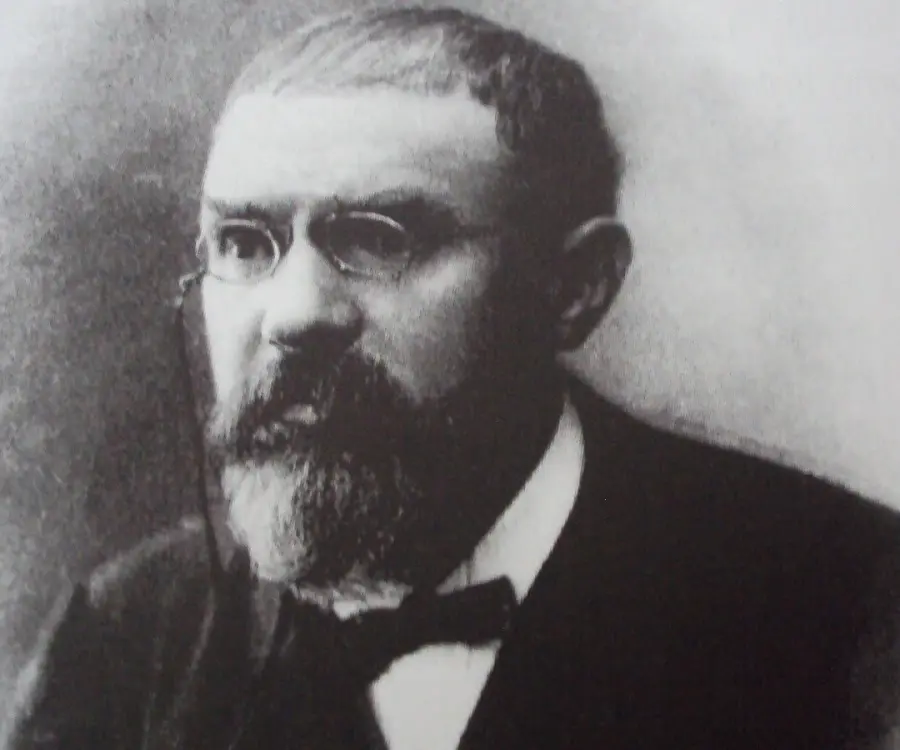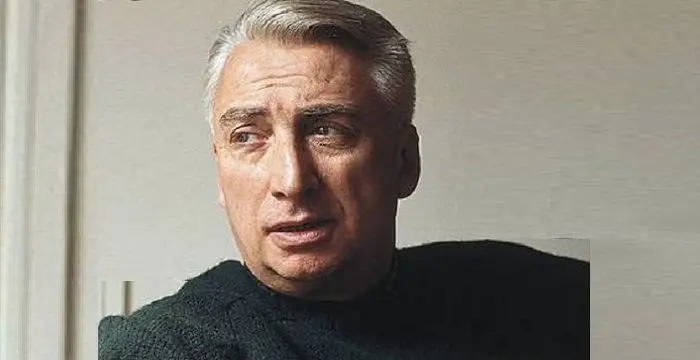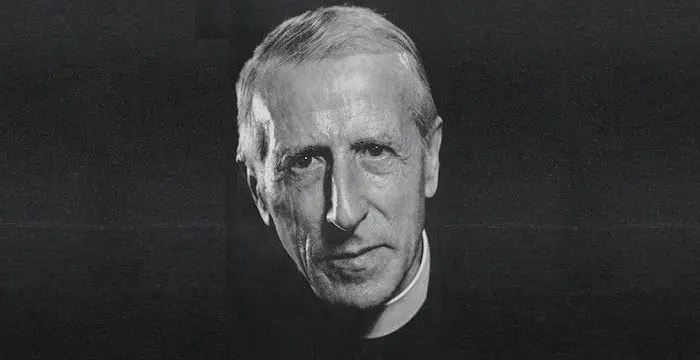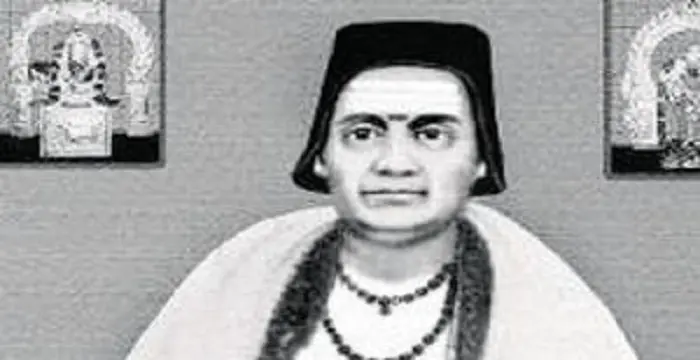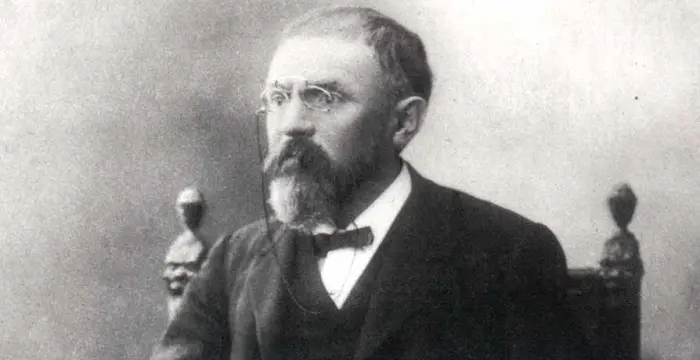
Henri Poincare - Philosophers, Birthday and Family
Henri Poincare's Personal Details
Henri Poincaré was a noted French mathematician, theoretical physicist, engineer, and philosopher of science
| Information | Detail |
|---|---|
| Birthday | April 29, 1854 |
| Died on | July 17, 1912 |
| Nationality | French |
| Famous | Scientists, Mathematicians, Mathematicians, Philosophers |
| Siblings | Aline Catherine Eugénie Poincaré |
| Known as | Jules Henri Poincaré |
| Childrens | Jeanne Poincaré, Pierre Boutroux |
| Birth Place | Nancy, Meurthe-et-Moselle, France |
| Gender | Male |
| Father | Leon Poincaré |
| Mother | Eugénie Launois |
| Sun Sign | Taurus |
| Born in | Nancy, Meurthe-et-Moselle, France |
| Famous as | Mathematician and Philosopher |
| Died at Age | 58 |
// Famous Mathematicians
Brahmagupta
Brahmagupta was a highly accomplished ancient Indian astronomer and mathematician. This biography of Brahmagupta provides detailed information about his childhood, life, achievements, works & timeline.
Giovanni Domenico Cassini
Giovanni Cassini was a 17th century Italian mathematician, astronomer and astrologer. This biography of Giovanni Cassini provides detailed information about his childhood, life, achievements, works & timeline.
Pythagoras
Pythagoras of Samos was a Greek mathematician and philosopher. Read on to learn more about Pythagoras’s profile, childhood, life and timeline.
Henri Poincare's photo
Who is Henri Poincare?
Jules Henri Poincaré was a noted French mathematician, theoretical physicist, engineer, and philosopher of science. Educated first at École Polytechnique and then at École des Mines, he started his career at the University of Caen as a junior lecturer in technical mathematical analysis. After writing his first major paper, he established himself as an eminent mathematician at the age of 27. Thereafter, he moved to University of Paris as an Associate Professor of Analysis, remaining with it until his death, occupying number of important chairs. Concurrently, he also worked for the Ministry of Public Service and for a short period taught at École des Mines. In spite of such busy schedule, he published a huge volume of works, including his seminal mathematical paper, ‘Analysis Situs’, which provided the first systematic treatment of topology. Later, he used his literary skills to popularize mathematics and science among the general masses, writing three popular books, ‘Science and Hypothesis’, ‘The Value of Science’, and ‘Science and Method’. He died at an early age of 58.
// Famous Philosophers
Roland Barthes
Roland Barthes was a French literary theorist, critic and semiotician. This biography profiles his childhood, life, works, achievements and timeline.
Pythagoras
Pythagoras of Samos was a Greek mathematician and philosopher. Read on to learn more about Pythagoras’s profile, childhood, life and timeline.
Pierre Teilhard de Chardin
Pierre Teilhard de Chardin was a famous French philosopher and a priest who was also known for his controversial writings. Read more about the life and works of this philosopher in the following article.
Childhood & Early Years
Jules Henri Poincaré was born on April 29, 1854 in Nancy, at that time an important town in the Lorraine County in France. Today it is the capital city of the French Department of Meurthe-et-Moselle.
His father, Charles Émile Léon Poincaré, was a neurologist and a Professor of Medicine at the University of Nancy. His mother, Marie Pierrette Eugénie Launois, came from a family of gentlemen farmers in Arrancy. Henry was elder of his parents’ two children, having a sister named Aline Catherine Eugénie.
At the age of five, Henry was inflicted with acute diphtheria, which caused temporary paralysis of legs and soft palate; leaving him unable to speak or walk for several months. But during this period, he also developed an auditory perception, which enabled him to associate colors with sound.
It is possible that he began his education under his mother, learning to read and write at the age of six, soon excelling in written composition. Later, he studied with a private teacher, who introduced him to mathematics.
A very intelligent boy with a strong memory, he had to read a book only once to be able to recall on which page any specific line could be found. Although music was not his strong point, he loved music and acting, staging plays with his cousins.
In October 1862, at the age of eight, Henry Poincaré entered Lycée Nancy, studying there for eight and half years, topping in every subject. Although good in languages, he was especially attracted to mathematics, physics and natural science. For his mathematical ability, his teacher called him ‘Monster of Mathematics’.
Sometime in his senior years, he won the first prize in the inter-Lycée examination, called Concours general. But soon after that, there came an involuntary break in his education.
On August 14, 1870, during the Franco-Prussian War, Nancy was conquered by Prussia. This was followed by an uncertainty and examinations were stopped. While his father was put in charge of an ambulance, Henry became his medical assistant, later moving to Arrancy with his mother.
In 1871, while Franco-Prussian War was still going on, Henry returned to Nice to prepare for his final examination. He appeared for the Bachelor of Arts degree in August and Bachelor of Science degree in November.
While the grades were good in the arts examination, he made some blunders in the science paper, misunderstanding the first question on mathematics due to late arrival. The teachers, aware of his talent, allowed him to pass with the minimum qualification of ‘reasonably good’.
On receiving his bachelor’s degree, Henry enrolled at the same Lycée for a special course that would prepare him for the entrance examination of the École Polytechnique, Paris, entering the prestigious institute in 1873. Continuing to excel, here he studied mathematics with Charles Hermite.
In 1874, Poincaré published his first paper. The work, ‘Démonstration nouvelle des propriétés de l'indicatrice d'une surface’, was on differential geometry. During this period, he read widely, both popular and more advanced scientific books.
In November 1875, he graduated from École Polytechnique. Thereafter, he joined a three-year mining engineering course at École des Mines, completing it in June 1878. Here, in addition to the mining engineering syllabus, he continued with his study of mathematics.
As a mining student, he had to do a lot of field work. His meticulous notes, taken during that time, show his deep knowledge about the scientific as well as the commercial methods of the mining industry.
In March 1879, Henri Poincaré received his degree in mining engineering and thereafter joined the Corps des Mines as an inspector for the Vesoul region in France. Concurrently, he continued with his doctoral work on mathematics under the supervision of Charles Hermite.
Working on the field of differential equation, he submitted his thesis entitled ‘Sur les propriétés des fonctions définies par les équations aux différences partielles’, to the University of Paris, receiving his doctoral degree in late 1879. Thereafter in December, he joined University of Caen as a junior lecturer.
Career
Starting his career as a junior lecturer in technical mathematical analysis in December 1879, Henri Poincaré remained with the University of Caen until 1881. While there, he published his first major paper, dealing with automorphic functions. It attracted the attention of many eminent mathematicians, establishing him as one.
In 1881, he joined the University of Paris as an Associate Professor of Analysis, remaining with the University for the rest of his short life. In the same year, he started working on the qualitative theory of differential equation, fully developing it by 1882, thus creating a new branch of mathematics.
Although he was thoroughly involved with his academic work, Poincaré did not totally abandon his mining career. Along with teaching at the University of Paris, he worked for the Ministry of Public Services, being employed to the position of Assistant Engineer in 1881.
From 1881 to 1885, he was in charge of development of the northern railway. Eventually, he would become Chief Engineer of the Corps de Mines in 1893 and Inspector General in 1910. Meanwhile from 1883 to 1897, he also taught mathematical analysis at École Polytechnique.
In spite of Poincare’s busy schedule, his academic output did not diminish, leading to his election to the chair of Mathematical Physics and Theory of Probability at the University of Paris in 1886. Later, he also held the chairs of Physical and Experimental Mechanics and Celestial Mechanics and Astronomy.
In 1887, Poincaré entered a competition held by the King of Sweden for finding a solution to the ‘three-body problem’. Although he could not solve it, the judges found his work to be “of such importance that its publication will inaugurate a new era in the history of celestial mechanics."
In 1892, he published his first volume of ‘Les Méthodes nouvelles de la mécanique céleste’, one of his major works on celestial mechanics. He later published two more volumes on the subject, publishing the third volume in 1899.
In 1893, Poincaré joined the French Bureau des Longitudes. Here he mainly worked on the synchronization of time. Also in the same year, he started working on the theory of analytic functions of several complex variables, writing his first paper on the subject.
In 1894, he started working on homotopy theory, which reduces topological questions to algebra by associating various groups of algebraic invariants with topological spaces. In his paper, he introduced the fundamental or the first group, distinguishing different types of 2-dimensional surfaces.
In 1895, he published ‘Analysis Situs’, a seminal work on mathematics. Later, he published five supplementary papers on the subject, thus developing an early systematic treatment of topology and revolutionizing the subject by using algebraic structures, a work he completed by 1905.
During this period, he also started writing scientific articles meant for laymen, trying to popularize the subject among them. These works, which conveyed the meaning and importance of science and mathematics in general terms, proved that he was equally gifted in literature.
Major Works
'La Science et l'Hypothès’ (Science and Hypothesis), first published in 1901, is one of Poincaré’s most popular works. In this book, he talked about mathematics, physics, space and nature in non-technical terms. He also declared that absolute truth is unattainable and many scientific beliefs are nothing but conventions.
'La Valeur de la Science’ (The Value of Science), published in 1905, is another of his popular works. In the first part, he dealt exclusively with the mathematical sciences, laying stress on the relationship between intuition and logic while the second part deals with the links between physics and mathematics.
'Science and Method’, published in 1908, is his third most popular book, written for general public. Here he dealt with different issues of methodology such as selection of facts, calculation of errors and methods to compensate that error etc. The book was translated into six languages.
Awards & Achievements
In 1887, in spite of not being able to solve the original problem, Henri Poincaré was awarded the prize in King of Sweden's mathematical competition on three-body problem.
In 1887, he was elected to the French Academy of Sciences, becoming its President in 1906.
From 1901 to 1903, he was the President of the Société Astronomique de France (SAF).
In 1900, he received Gold Medal of the Royal Astronomical Society of London. In addition, he also won Bolyai Prize in 1905, Matteucci Medal 1905 and Bruce Medal in 1911.
In 1909, he was elected to the Académie française for his 1908 work, ‘Science and Method’.
He was elected a foreign member of the Royal Society, London, in 1894, Royal Netherlands Academy of Arts and Sciences, in 1897, and American Philosophical Society, in 1899.
Personal Life &Legacy
On 20 April 1881, Henri Poincaré married Louise Poulin d'Andesi, whom he had met while he was employed at the University of Caen. They had four children; Jeanne (born in 1887), Yvonne (born in 1889), Henriette (born in 1891) and Léo, (born in 1893).
Sometime in June 1912, Poincaré underwent a successful surgery for a prostate problem. Thereafter, he apparently made a good recovery. On 17 July 1912, as he was dressing to go out for the first time post-operation, he suddenly died of embolism. He was 58 year old at the time of his death.
He was buried in the Poincaré family vault in the Cemetery of Montparnasse, Paris. His funeral was attended by delegates from University of Paris, the Académie française, the Académie des Sciences etc. The Royal Society was represented by its secretary, Sir Joseph Larmor, and by the Astronomer Royal, Mr F W Dyson.
Apart from outstanding academics, important politicians including the President of the Senate and members of the ministry also attended his funeral.
In mathematics and physics, numerous ideas have been named after him. Among them are Poincaré Complex, Poincaré conjunction, Poincaré disk model, Poincaré duality, Poincaré group, Poincaré symmetry, Poincaré-Einstein synchronization, Poincaré-Bendixson theorem, Poincaré-Birkhoff theorem and Poincaré-Birkhoff-Witt theorem etc.
A mathematics research institute in the UPMC Sorbonne Universités has been named Institut Henri Poincaré in his honor. It was inaugurated on 17 November, 1928.
A large lunar impact basin in the southern hemisphere on the far side of the Moon has been named ‘Poincaré’ after him
An asteroid discovered by Louis Boyer on June 26, 1936 has been named ‘2021 Poincaré’ in his honor.
Trivia
Henri Poincaré did not win the Nobel Prize. This is because he worked mainly on theory and did not make any specific invention or discovery. Yet, between 1904 and 1912, he received a total number of 51 nominations. Among them, 34 nominations were for the 1910 Nobel Prize only.
// Famous Scientists
Juliane Koepcke
Juliane Koepcke is a German-Peruvian biologist, who was the lone survivor among the 92 passengers and crew of the ill-fated LANSA Flight 508 that crashed in the Peruvian rainforest on 24 December 1971. Know more about her life in this biography.
Henry Cavendish
Henry Cavendish was a theoretical chemist and physicist, renowned for discovery of hydrogen and calculation of the mass of earth. To know more about his childhood, profile, timeline and career read on
Konstantin Tsiolkovsky
Konstantin Tsiolkovsky was a Russian rocket scientist and a pioneer of astronautics. This biography provides detailed information about his childhood, family, personal life, career, achievements, etc.
// Famous Mathematicians
Grigori Perelman
Grigori Perelman is a Russian mathematician who is best known for his contributions to Riemannian geometry and geometric topology. Check out this biography to know about his childhood, family life, achievements and fun facts about him.
Terence Tao
Terence Tao is an Australian- American mathematician who has contributed enormously to the field of mathematics. Check out this biography to know about his childhood, family life and achievements.
Isaac Newton
Isaac Newton was an English scientist and mathematician, who discovered gravitation and Newtonian Mechanics. Read this biography to find more on his life.
Brahmagupta
Brahmagupta was a highly accomplished ancient Indian astronomer and mathematician. This biography of Brahmagupta provides detailed information about his childhood, life, achievements, works & timeline.
Giovanni Domenico Cassini
Giovanni Cassini was a 17th century Italian mathematician, astronomer and astrologer. This biography of Giovanni Cassini provides detailed information about his childhood, life, achievements, works & timeline.
Bhāskara II
Bhaskara II was a 12th century Indian mathematician. This biography of Bhaskara II provides detailed information about his childhood, life, achievements, works & timeline.
Henri Poincare's FAQ
What is Henri Poincare birthday?
Henri Poincare was born at 1854-04-29
When was Henri Poincare died?
Henri Poincare was died at 1912-07-17
Which age was Henri Poincare died?
Henri Poincare was died at age 58
Where is Henri Poincare's birth place?
Henri Poincare was born in Nancy, Meurthe-et-Moselle, France
What is Henri Poincare nationalities?
Henri Poincare's nationalities is French
Who is Henri Poincare siblings?
Henri Poincare's siblings is Aline Catherine Eugénie Poincaré
Who is Henri Poincare childrens?
Henri Poincare's childrens is Jeanne Poincaré, Pierre Boutroux
Who is Henri Poincare's father?
Henri Poincare's father is Leon Poincaré
Who is Henri Poincare's mother?
Henri Poincare's mother is Eugénie Launois
What is Henri Poincare's sun sign?
Henri Poincare is Taurus
How famous is Henri Poincare?
Henri Poincare is famouse as Mathematician and Philosopher
